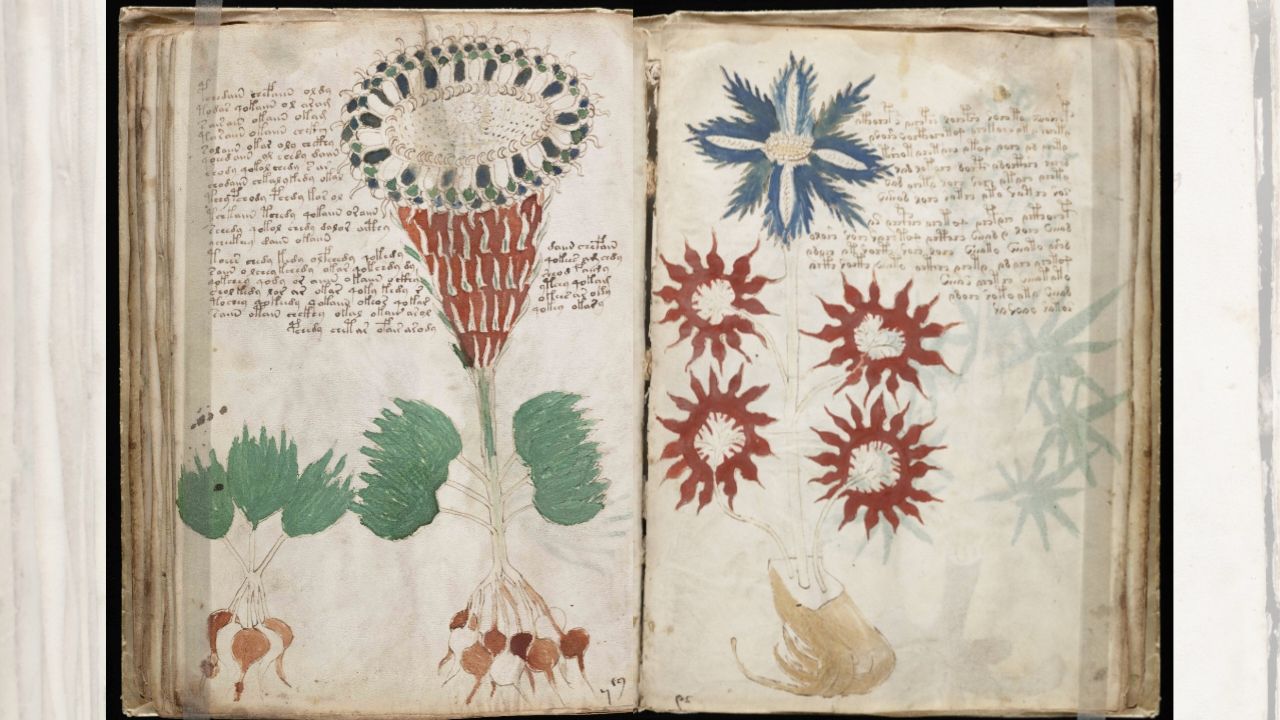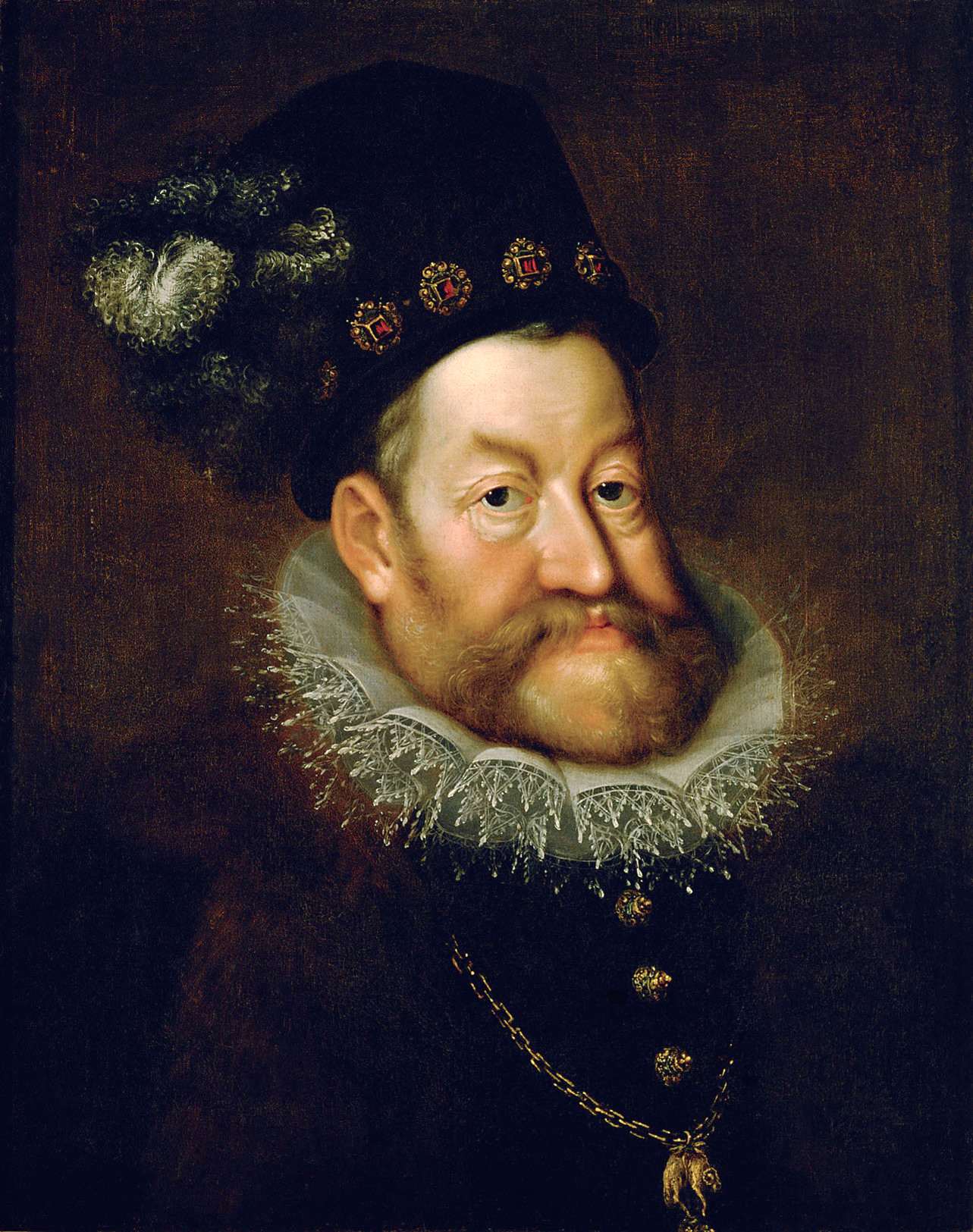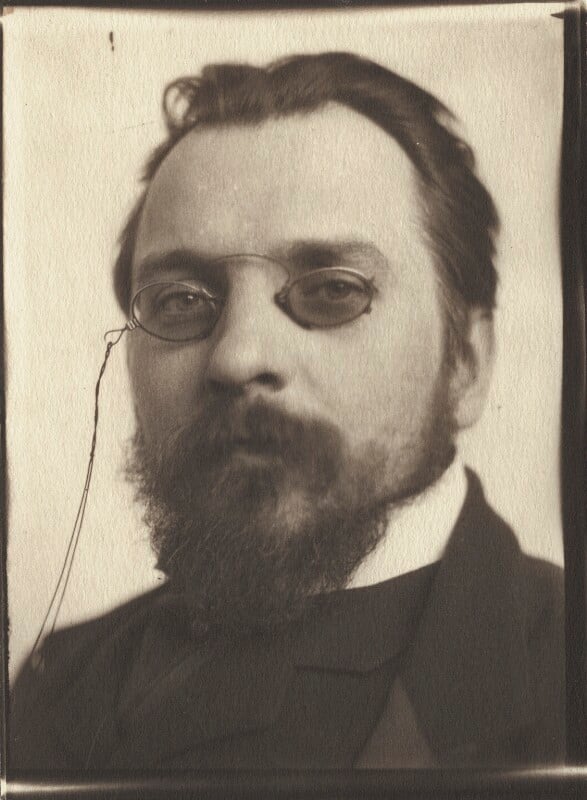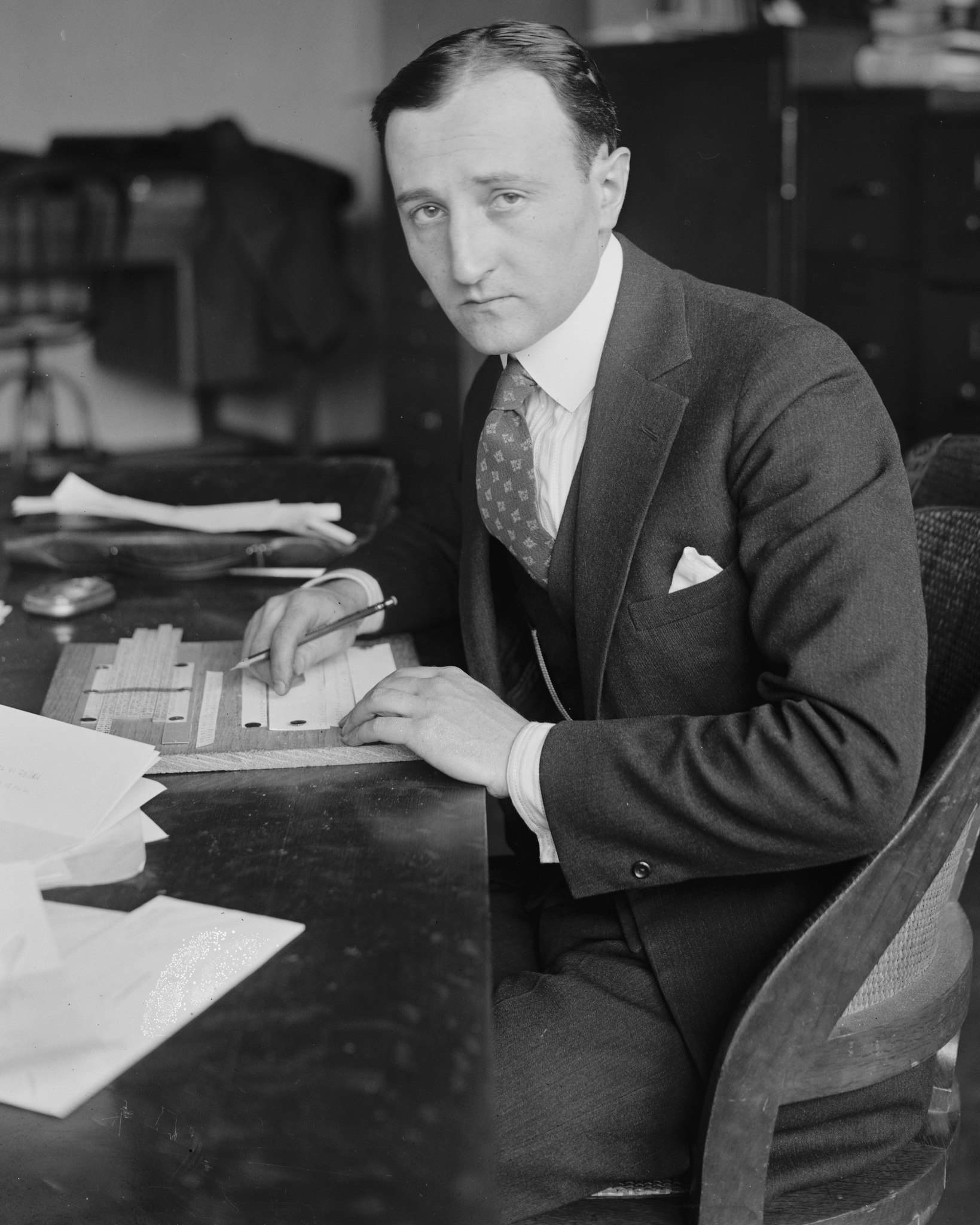Medieval texts falling apart don’t usually spark much online debate, but the Voynich Manuscript, which is very strange and hard to understand, is an exception. The text, written in a language that hasn’t been cracked yet, has puzzled scholars, cryptographers, and amateur detectives for hundreds of years.

And last week, there was a big deal about an article in the Times Literary Supplement by historian and TV writer Nicholas Gibbs, who said he had solved the Voynich mystery. Gibbs thought that the mysterious writing was a guide to a woman’s health and that each of its characters was an abbreviation for medieval Latin. Gibbs said he had figured out two lines of the text, and at first, his work was praised.
But, sadly, experts and fans quickly found flaws in Gibbs’ theory. Lisa Fagin Davis, the head of the Medieval Academy of America, told Sarah Zhang of the Atlantic that it doesn’t make sense when Gibbs’s text is decoded. The most recent idea about what the Voynich Manuscript says and where it came from may not have been right, but it’s not the craziest one, either.
People have said that the manuscript was written by ancient Mexican people, Leonardo da Vinci, and even aliens. Some people say that the book is a nature guide. Some people say it is an elaborate lie. Why has the Voynich been so hard to understand and divisive over the years? Here are the best things you should know about the book:
It’s divided into four very strange parts.
Michael LaPointe writes in the Paris Review that the book starts with a section on herbs. This section has colorful drawings of plants, but people are still determining what kind of plants they are. The next part is about astrology. It has foldable pictures of charts of the stars that seem to need to fit a known calendar.
The astrological wheels have little drawings of naked women all over them, and in the next section on balneology, the naked drawings go crazy. There are pictures of naked women bathing in green liquid, being pushed along by water jets, and holding rainbows with their hands.
Some scholars think one picture shows a pair of ovaries with two naked women hanging out on them. And finally, there is a section about how drugs work. It has more drawings of plants and then pages of writing in the vague language of the manuscript called Voynichese.
Early owners of the manuscript also needed help understanding.

Davis writes on her blog, Manuscript Road Trip that the Voynich first shows up in history in the late 1600s. Rudolph II of Germany paid 600 gold ducats for the book because he thought it was written by Roger Bacon, an English scientist who lived in the 1300s.
Then, an alchemist from Prague named Georgius Barschius got it. He called it “a certain riddle of the Sphinx that was just taking up space.” Johannes Marcus Marci, Barschius’s son-in-law, got the manuscript when Barschius died. He sent it to an Egyptian hieroglyphics specialist in Rome to help him figure out what the text said.

The manuscript was lost for 250 years until 1912 when it was bought by a Polish bookseller named Wilfrid Voynich. Voynich wouldn’t say who owned the manuscript before him, so many people thought he had written it himself. But after Voynich died, his wife said he bought the book from the Jesuit College at Frascati, which is close to Rome.
Some of the best cryptologists in the world have tried but failed to decode the text.

Sadie Dingfelder of the Washington Post says that William Friedman, a pioneering cryptologist who broke Japan’s code during World War II, spent years figuring out how to read the Voynich manuscript. LaPointe of the Paris Review says that he concluded that it was “an early attempt to build an artificial or universal language of the a priori type.”
Even though no one knows where Voynichese came from, it doesn’t seem to be nonsense. In 2014, Brazilian researchers used a complex network modeling method to show that the language patterns in the text are similar to those of known languages. However, the researchers were unable to translate the book.
Carbon dating has shown that the Voynich was made in the 15th century.
Testing done in 2009 showed that the parchment was probably made between 1404 and 1438. Davis says these results rule out several people who were said to be the manuscript’s authors. The English scientist Roger Bacon died in 1292. He didn’t come into the world until 1452. And Voynich was born a long time after the strange book was written.
The manuscript is online so you can check it out at your leisure.
The manuscript is now kept in Yale’s Beinecke Rare Book & Manuscript Library. It is locked up in a vault for safety. If you want to try your hand at the always mysterious Voynich, you can find a full digital copy online. But be warned: the Voynich rabbit hole goes down a long way.




